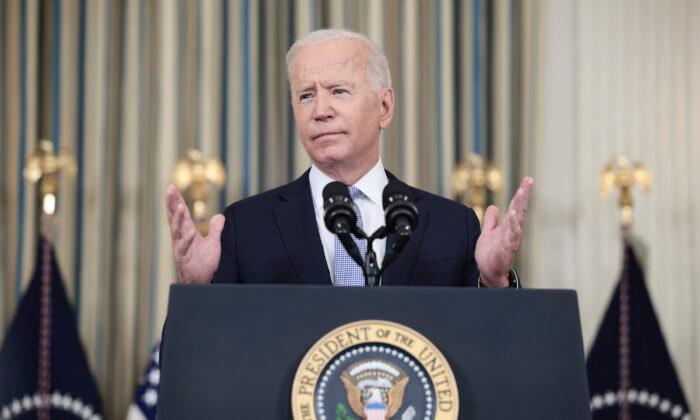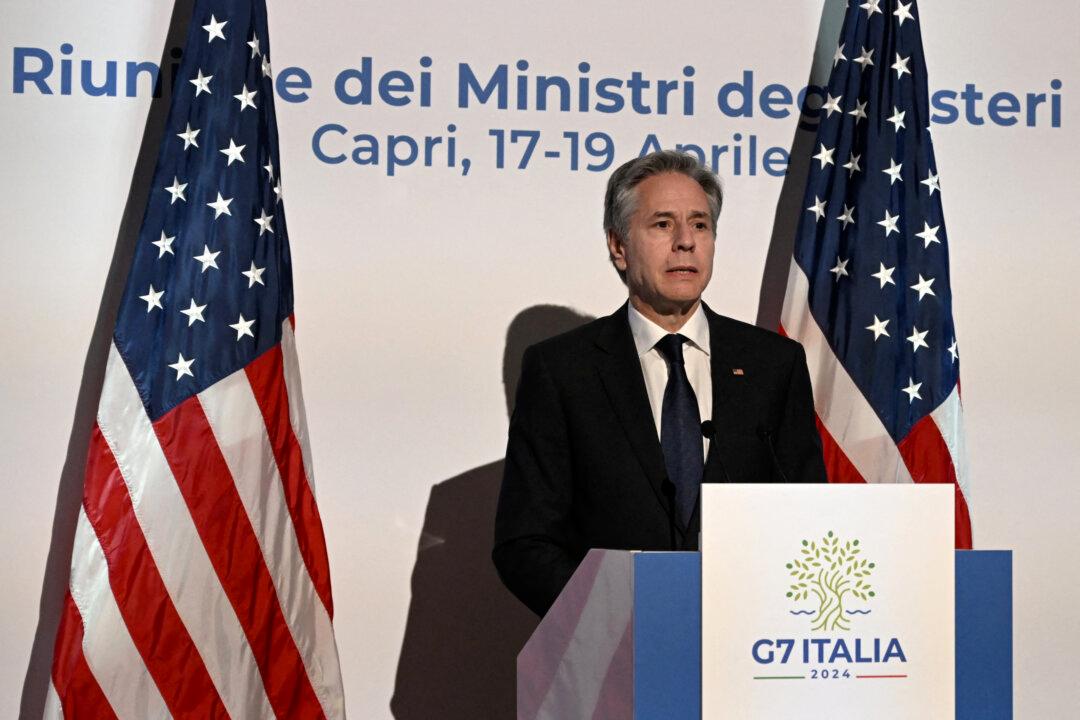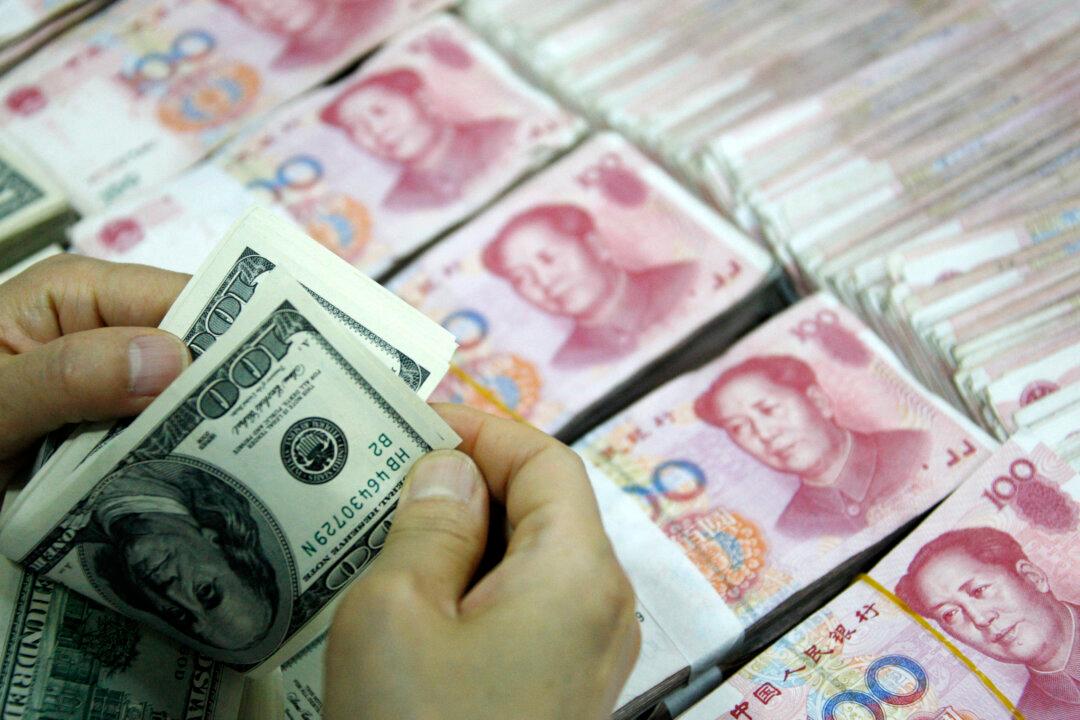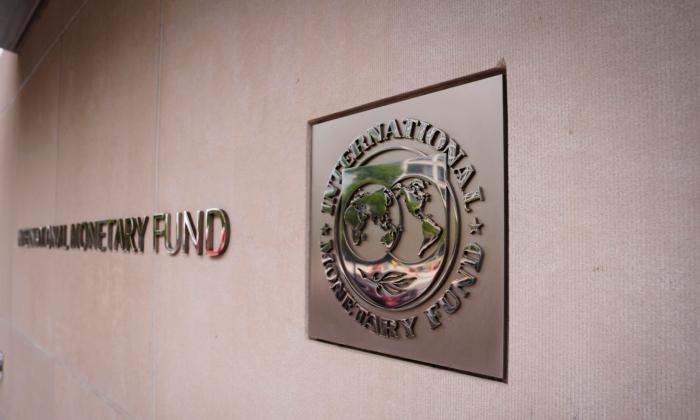Many Americans say that President Joe Biden and his administration’s policies are responsible for growing inflation, a new poll found.
Twenty-eight percent said that President Biden is either not too responsible or not at all to blame for surging consumer and producer prices.
Eighty-nine percent of survey participants reported feeling very or somewhat concerned about inflation. As these respondents head to the ballot box, a little more than one-third revealed that economic issues, such as employment, taxes, and wages, are on the top of their minds when they cast a vote.
Fifty-one percent strongly or somewhat disapprove of how President Biden is handling the economy. When asked if conditions in the United States are heading in the right or wrong direction, 62 percent note the country is on the wrong track.
Overall, 52 percent strongly or somewhat disapprove of how Biden is performing as president.
How the Administration is Tackling Inflation
The U.S. annual inflation rate surged to a 13-year high of 5.4 percent in September, while producer prices advanced 8.6 percent year-over-year. In addition, a recent Federal Reserve Bank of New York monthly Survey of Consumer Expectations learned that U.S. households anticipate inflation to be 5.3 percent next year and 4.2 percent in the next three years.Market analysts note that rising prices are being attributed to supply chain bottlenecks, growing international demand, and surging energy costs. Despite coming in higher than they initially anticipated, the U.S. central bank and the White House still believe that inflation is transitory, with potential relief in 2022.
“The fact is that the unemployment rate is half of what it was about a year ago,” Psaki stated. “More people have jobs, more people are buying goods, that’s increasing demand. That’s a good thing. At the same time, we know supply is low because we’re coming out of the pandemic.”
The administration has presented proposals to help soften the blows from the supply chain disruptions that could help alleviate the ballooning consumer price and producer price indexes.
“A 24/7 system is what most of the leading countries of the world already operate on now, except us, until now,” Biden told reporters at the White House. Today, Walmart, our nation’s largest retailer, is committing to go all-in on moving these products 24/7 from the ports to their stores nationwide. Additionally, FedEx and UPS, two of our nation’s biggest freight movers, are committing today to significantly increase the amount of goods they’re moving at night.”
Will the Federal Reserve React?
The Federal Reserve’s rate-setting committee has signaled that it would raise interest rates sometime in 2023 and begin tapering its $120-billion-a-month pandemic-era stimulus and relief efforts as early as November. However, if inflation does not subside, Fed Governor Christopher Waller suggested that the central bank might need to introduce “a more aggressive policy response.”“If monthly prints of inflation continue to run high through the remainder of this year, a more aggressive policy response than just tapering may well be warranted in 2022,” he said in prepared remarks to Stanford Institute for Economic Policy Research. “If inflation were to continue at 5 [percent] into 2022, you‘ll start seeing everybody potentially—well, I can’t speak for anybody else, just myself, but—you would see people pulling their ’dots’ forward and having potentially more than one hike in 2022.”
The Federal Open Market Committee (FOMC) will hold its next two-day policy meeting on November 2 and 3.






Friends Read Free